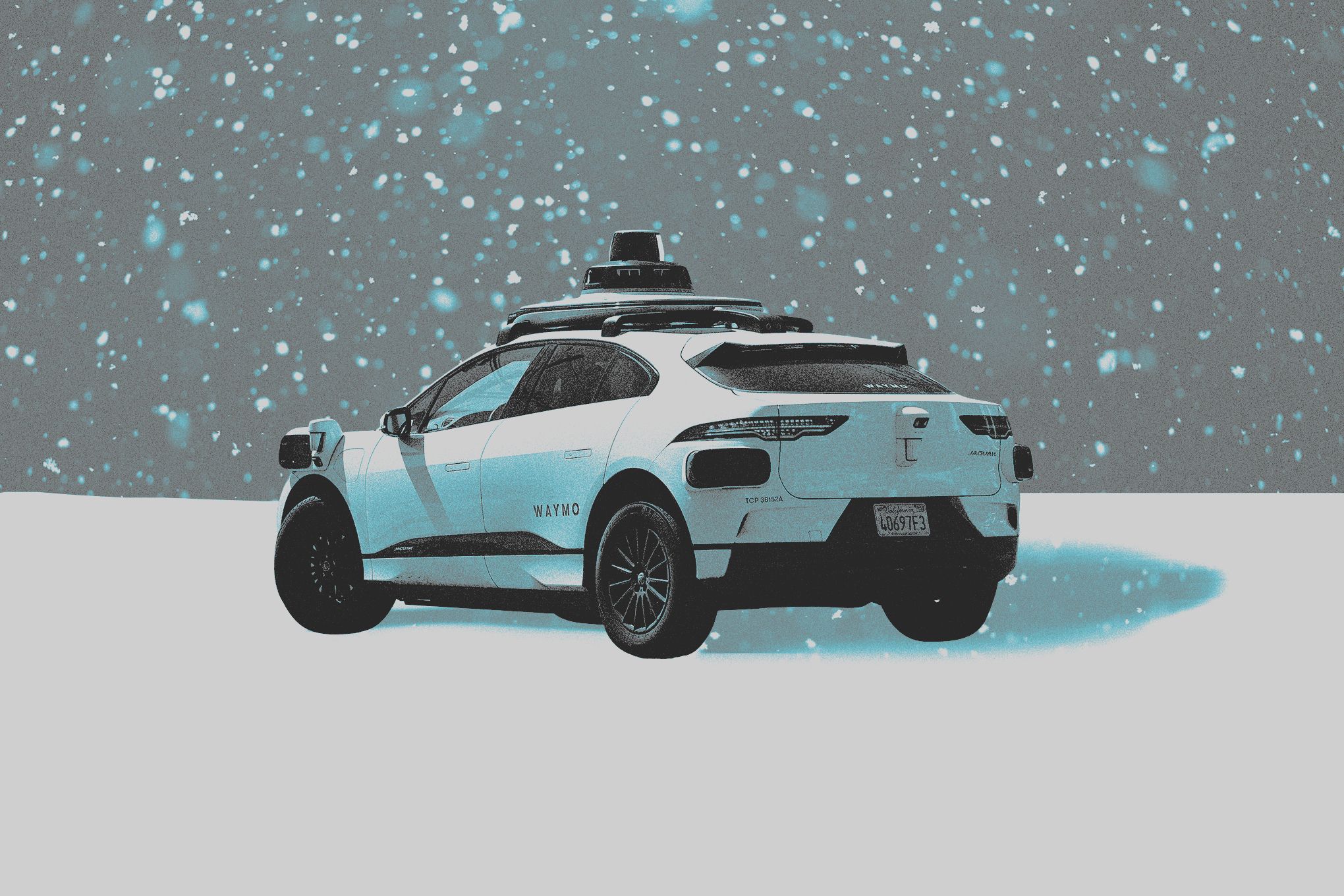Waymo faces its biggest technical challenge yet - mastering winter driving conditions as it prepares to launch robotaxis in cold-weather cities like Boston, New York, and Washington DC. The company's chief winter weather expert told engineers that snow handling will determine whether Waymo can compete beyond its current warm-weather markets of Phoenix, LA, and Austin.
Waymo just revealed the engineering challenge that could make or break its East Coast expansion plans - and it's not what you'd expect. During a recent all-hands meeting, the company's winter weather expert delivered a stark message to engineers: if Waymo wants to compete with human rideshare drivers year-round, its robotaxis need to master snow and ice.
The stakes couldn't be higher. While Waymo dominates warm-weather markets like Phoenix, Los Angeles, Atlanta, and Austin, the company is eyeing a slate of East Coast cities including Boston, New York City, and Washington DC. But there's a problem - winter weather represents less than 5 percent of Waymo's total driving data, sometimes dropping to "a fraction of a percent" for the most severe conditions, according to Robert Chen, the company's product lead for weather.
"This winter season is gonna be a really important season for us," Chen told The Verge when asked about validation timelines. "I think that's all I can probably say at this point."
The data scarcity problem runs deeper than most realize. Carnegie Mellon University's Phil Koopman, an autonomous vehicle expert, explains why snow creates unique challenges that even advanced AI struggles with. "You may only see a third of the stop sign, but you know it's a stop sign," Koopman said. "Machine learning can have trouble with that if it hasn't been trained on partially obstructed stop signs."
Snow doesn't just obscure road markings - it fundamentally disrupts how autonomous vehicles "see" their environment. Camera systems, like those used by Tesla, face significant challenges with blowing snow. But Waymo's multi-sensor approach, combining lidar, radar, and cameras, gives it an advantage. "It's gonna be easier for a multi-sensor platform," Koopman noted, "because cameras are gonna have a lot of trouble with blowing snow."
Waymo is already testing solutions across multiple snowy locations, including Truckee, California, Michigan, Upstate New York, Denver, and Seattle. The company has engineered specific hardware modifications for winter conditions - tiny mechanical wipers clear snow off rooftop lidar sensors, while more powerful heaters defrost all critical sensors.









